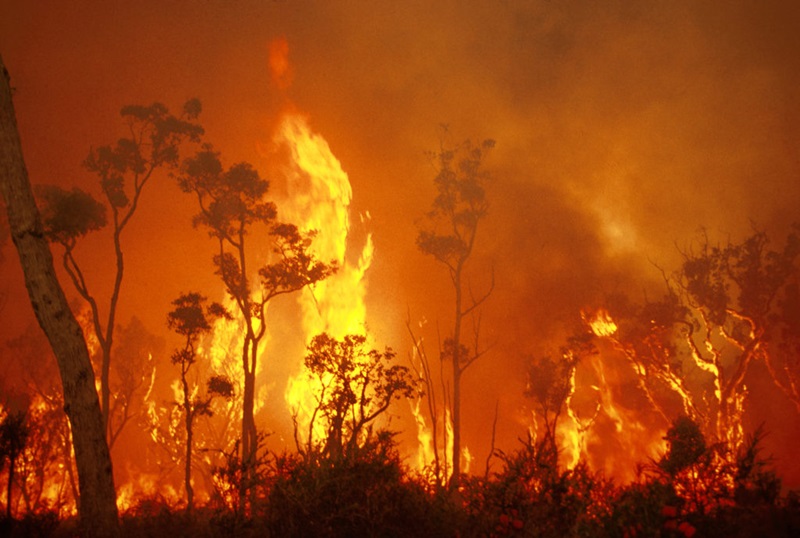Securing Your Home: The Important Role of a BAL Report in Bushfire Readiness
Securing Your Home: The Important Role of a BAL Report in Bushfire Readiness
Blog Article
Ensuring Shrub Fire Security Via Correct BAL Record Evaluation
In the world of bush fire protection, the precise analysis of Bushfire Assault Degree (BAL) records stands as a cornerstone for securing buildings versus the disastrous influence of wildfires. With ecological factors and property qualities playing considerable functions in establishing the degree of threat, a thorough understanding of BAL rankings ends up being imperative.
Recognizing Bushfire Attack Degree (BAL)
In the realm of bushfire security, understanding the Bushfire Attack Degree (BAL) is paramount for making certain effective mitigation approaches. BAL is a system made use of to gauge the possible risk a building may face from a bushfire. It thinks about factors such as the sort of plants, the incline of the land, the Fire Danger Index, and the Fire Intensity Index. Understanding the BAL score of a home is crucial for property contractors, owners, and policymakers to implement ideal steps to secure versus bushfire risks.

Relevance of BAL Record Evaluation
A necessary element in bushfire defense planning includes the complete evaluation of BAL records to analyze the prospective risks and figure out suitable mitigation strategies. BAL reports offer important info about the potential impact of bushfires on a building based upon different variables such as greenery type, distance to possible fire risks, and slope of the land. Examining these reports with accuracy is vital in establishing reliable bushfire protection procedures customized to the particular danger account of a property.
Implementing Fire Defense Measures
Applying efficient fire protection actions is important for protecting residential or commercial properties in bushfire-prone areas. One of the main means to improve fire defense is by producing defensible room around buildings. This includes clearing flammable plants, such as completely dry fallen leaves and branches, within a specific span of the property. In addition, mounting fireproof roof materials can help in reducing the risk of embers firing up the roofing system throughout a bushfire. Properly preserved gutters and screens are likewise important to avoid particles build-up that might fuel a fire.
Furthermore, having a ample and properly maintained water supply, such as a tank or swimming pool, can assist firemens in their efforts to protect the residential or commercial property. BAL Report. On the whole, implementing a combination of these fire protection actions can considerably raise the possibilities of guarding homes throughout bushfire events.
Mitigating Threats in Fire-Prone Areas
To strengthen properties versus bushfire dangers, a tactical concentrate on mitigating dangers in fire-prone locations is important. Mitigating risks in fire-prone locations involves a comprehensive technique that incorporates numerous procedures to reduce the probability and influence of bushfires. One vital aspect of threat mitigation is maintaining defensible space around residential properties by official source getting rid of combustible plant life, ensuring adequate spacing in between frameworks and trees, and employing fireproof landscaping techniques. In addition, applying ember-proofing measures such as setting up steel mesh screens on home windows and covering roof covering dental caries can help prevent ember attacks and minimize the threat of place fires.
Additionally, creating or retrofitting structures with fireproof products and guaranteeing proper upkeep of roofings, seamless gutters, and important site exterior cladding can considerably boost the residential property's strength to bushfires. Practicing a bushfire and establishing emergency strategy with all occupants, including emptying treatments and interaction approaches, is also essential in mitigating threats properly. By adopting a positive method to take the chance of mitigation in fire-prone locations, residential or commercial property proprietors can better secure their properties and improve general bushfire readiness.
Ensuring Residential Property Safety and Durability
Ensuring the safety and security and strength of properties in fire-prone areas calls for an unwavering commitment to robust precautionary actions and critical preparation. Residential property security starts with implementing effective procedures to decrease fire dangers.
Durability, on the various other hand, involves the ability of a residential property to recoup and hold up against from a bushfire. This can be improved via the installation of cinder guards on vents and windows, guaranteeing that access points for coal are decreased. In addition, having a well-thought-out emptying strategy and exercising it frequently can significantly raise residential or commercial property durability. Collaborating with neighbors and regional fire authorities can also reinforce the security and durability of properties in fire-prone areas. By proactively addressing these facets, homeowner can better shield their assets and liked ones from the threat of bushfires.
Conclusion
To conclude, ensuring bushfire defense via appropriate BAL report evaluation is critical for recognizing the degree of threat positioned by bushfires and applying essential fire protection measures. By minimizing risks in fire-prone areas and making sure residential property safety and resilience, areas and individuals can better get ready for and react to bushfire occasions. It is important to prioritize fire safety and security actions to secure lives and building in these high-risk environments.
In the realm of bush fire defense, the precise evaluation of Bushfire visit site Assault Level (BAL) reports stands as a foundation for securing buildings versus the destructive influence of wildfires (BAL Report). Recognizing the BAL rating of a residential or commercial property is crucial for home building contractors, owners, and policymakers to apply ideal procedures to guard against bushfire dangers

BAL records offer vital info regarding the prospective influence of bushfires on a home based on various factors such as greenery type, distance to possible fire dangers, and incline of the land (BAL Report). In general, implementing a combination of these fire security actions can substantially boost the opportunities of securing residential or commercial properties throughout bushfire occasions
Report this page